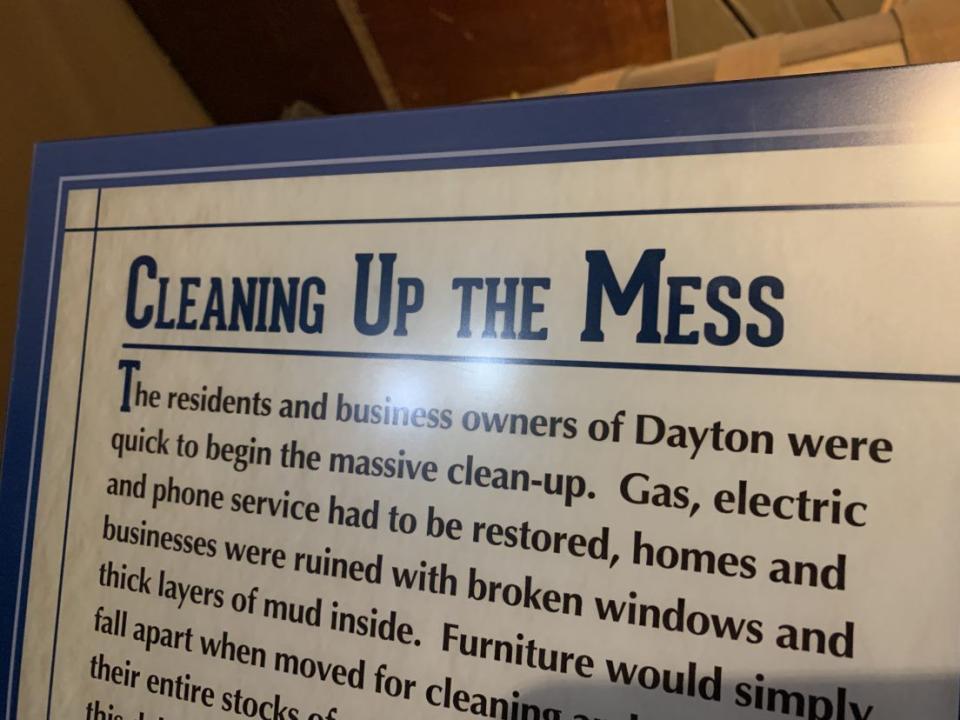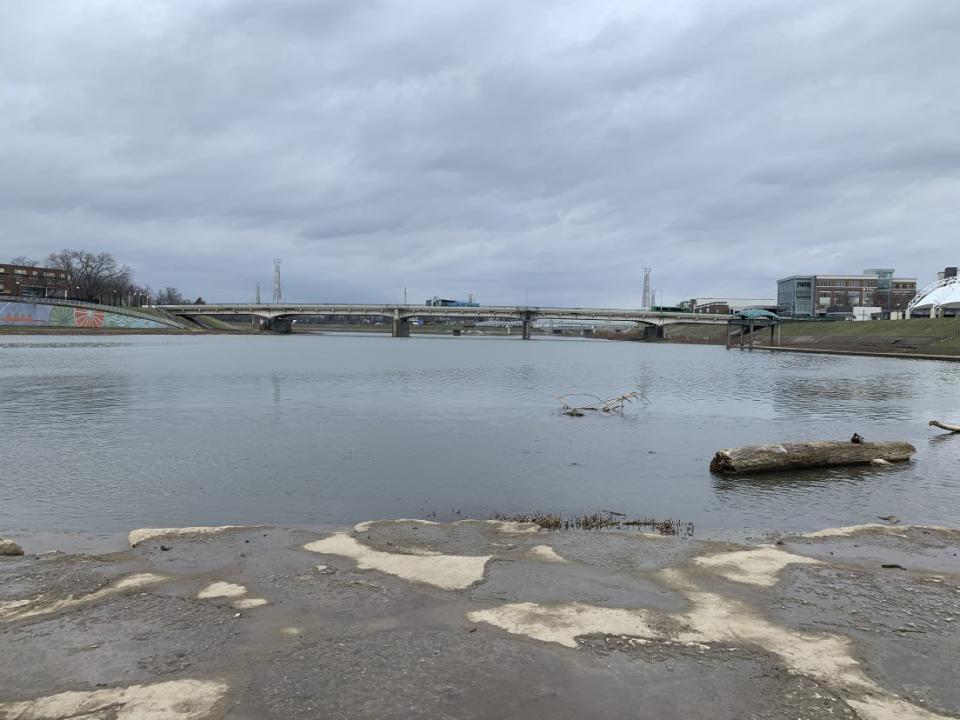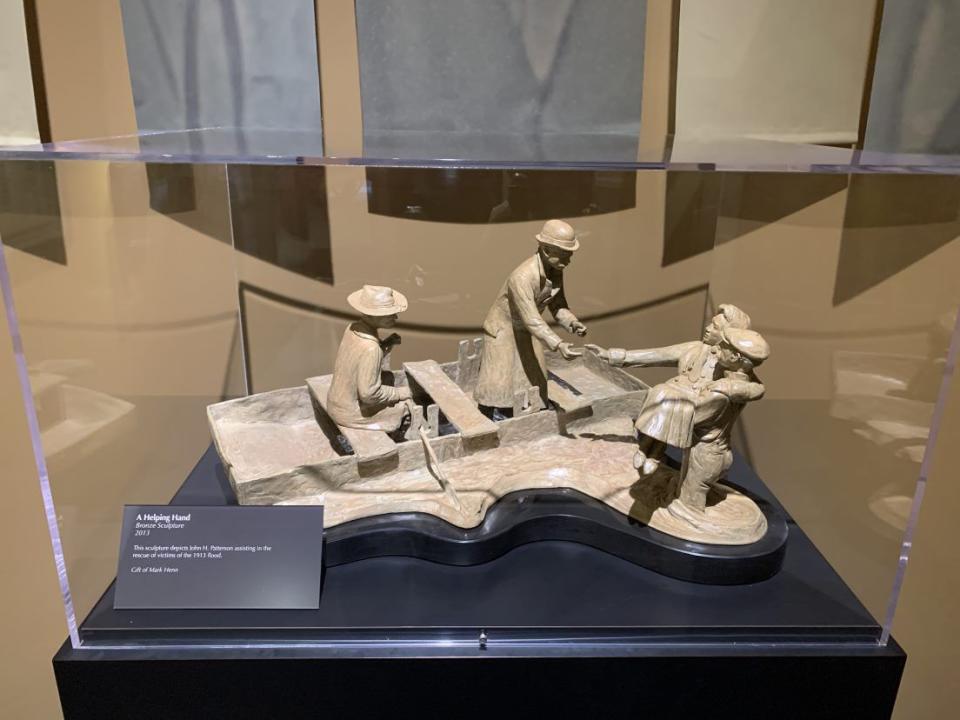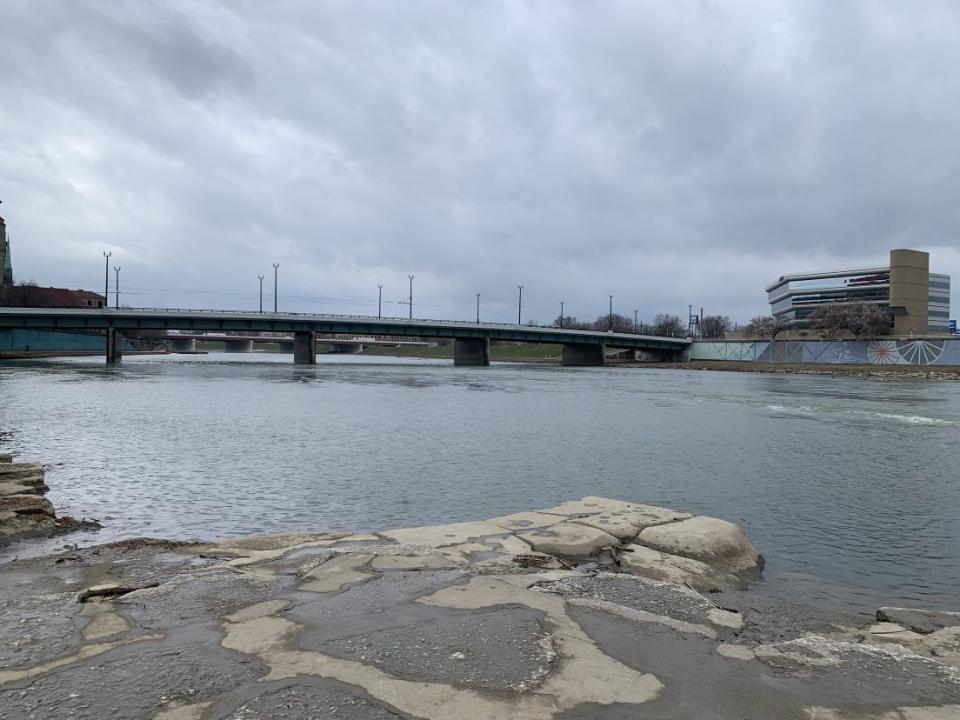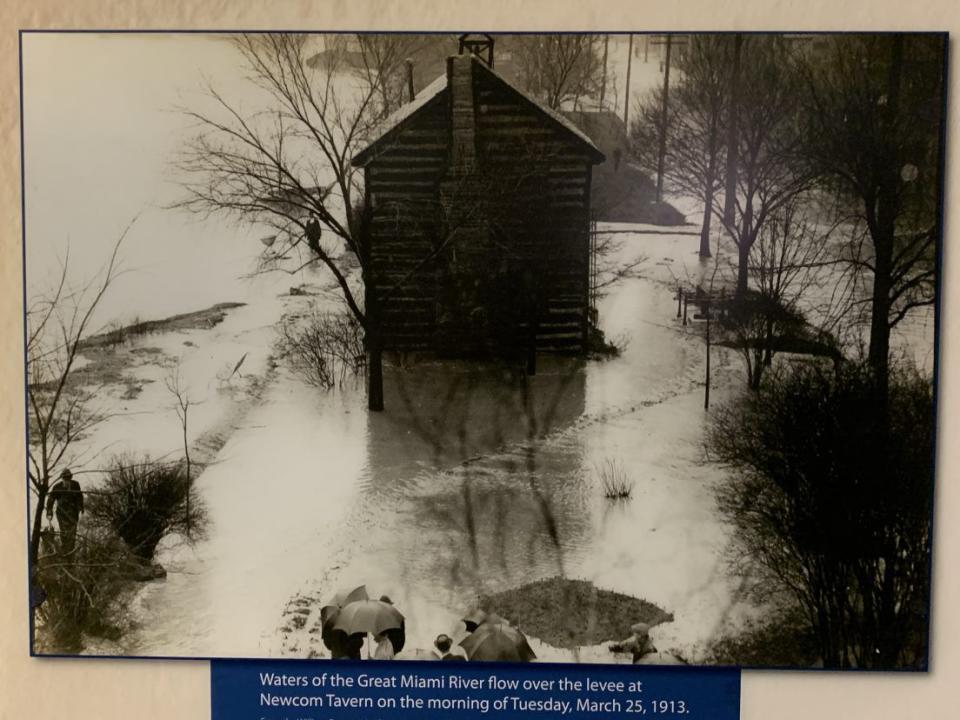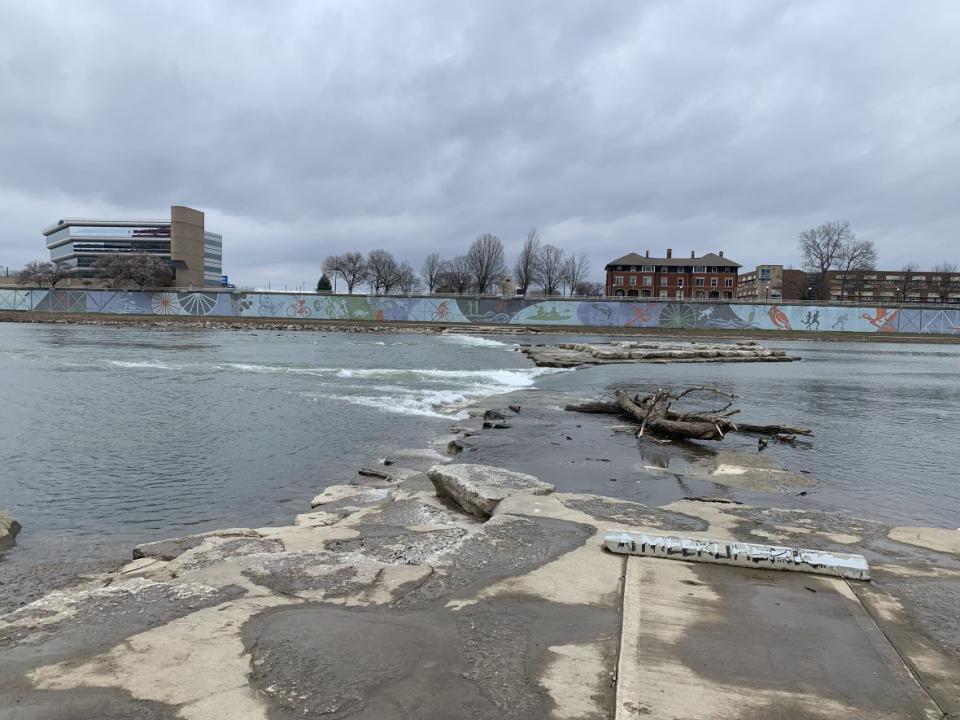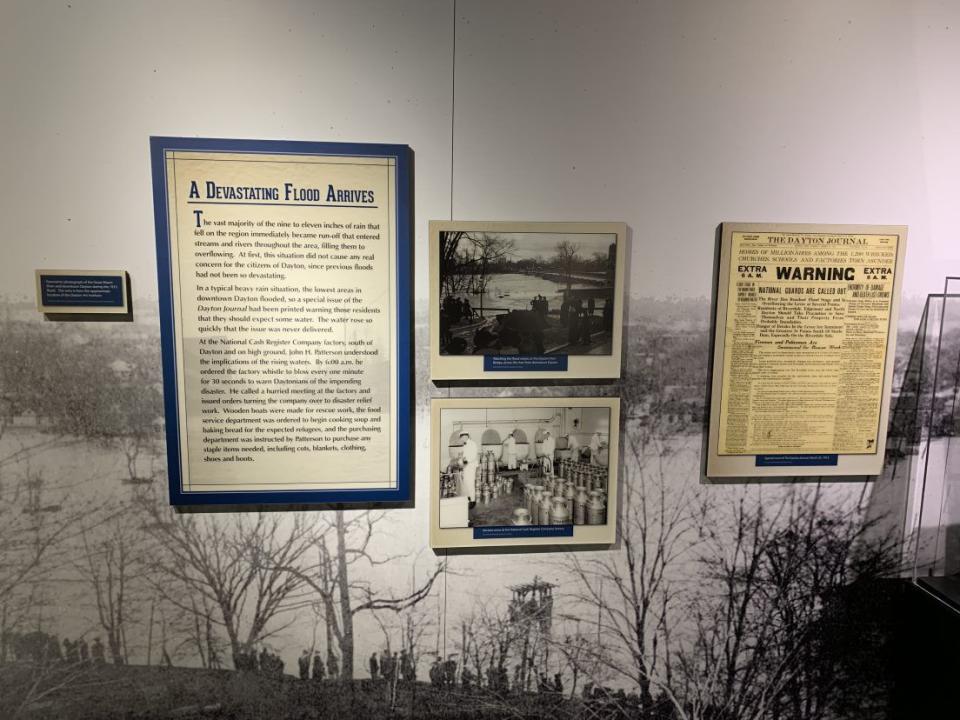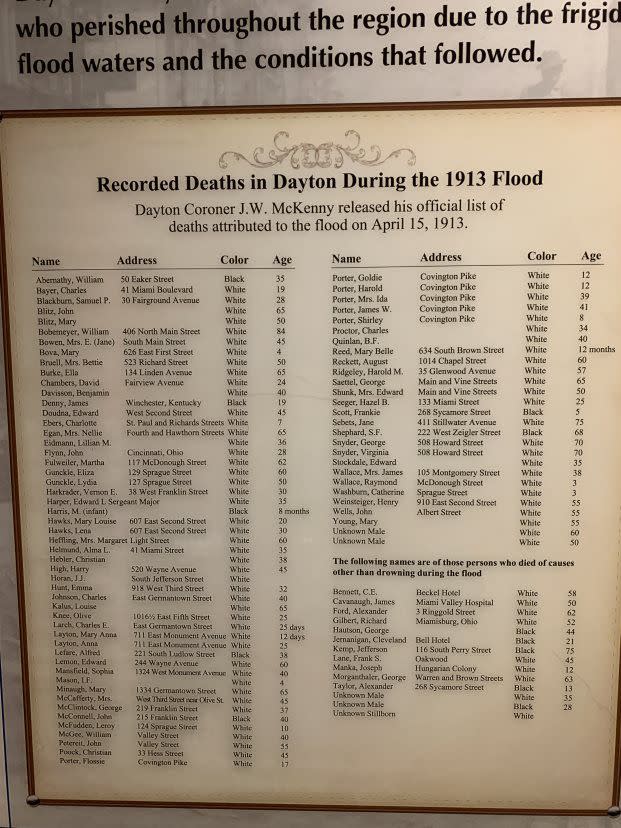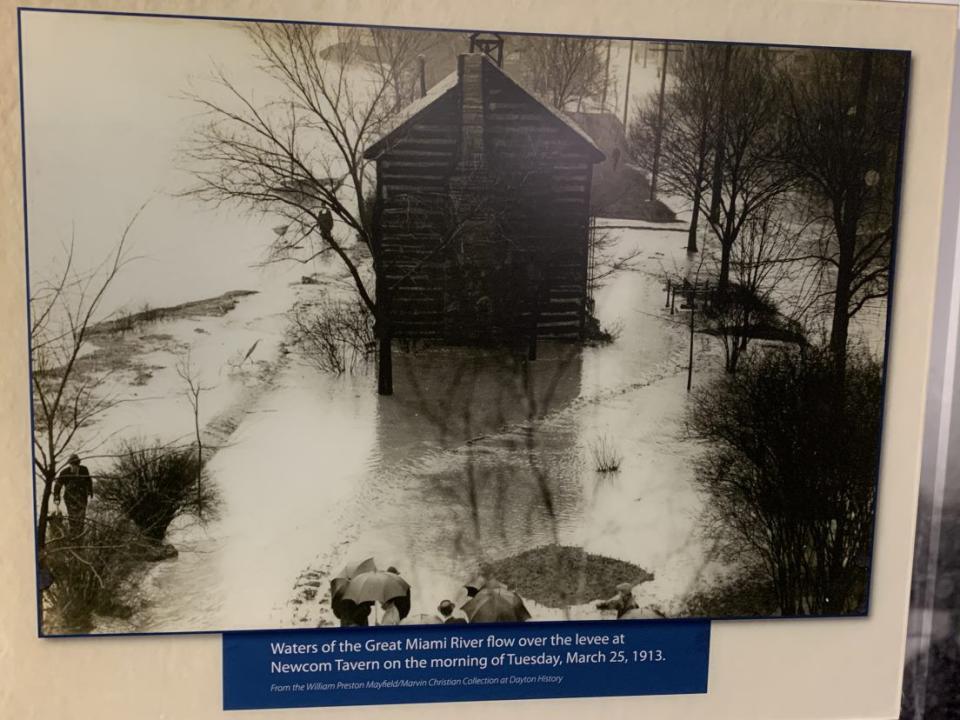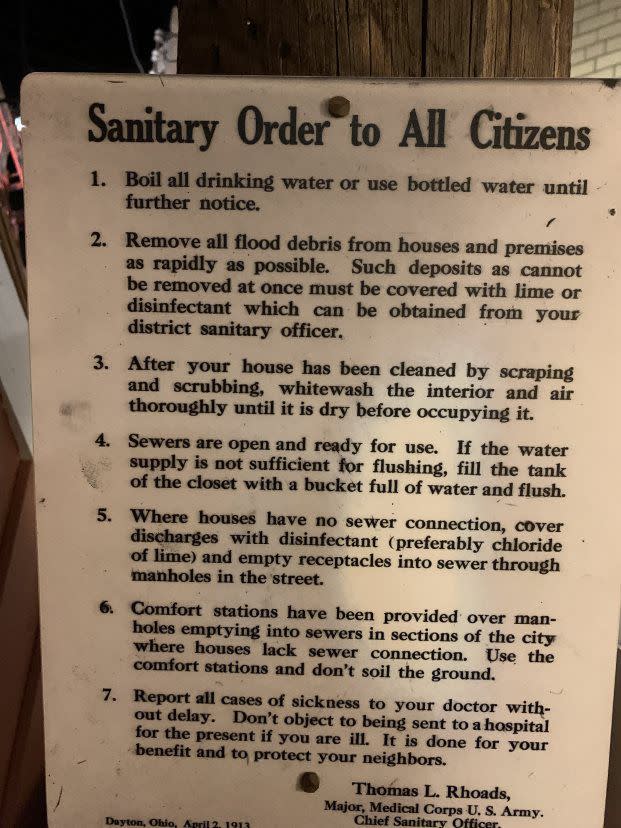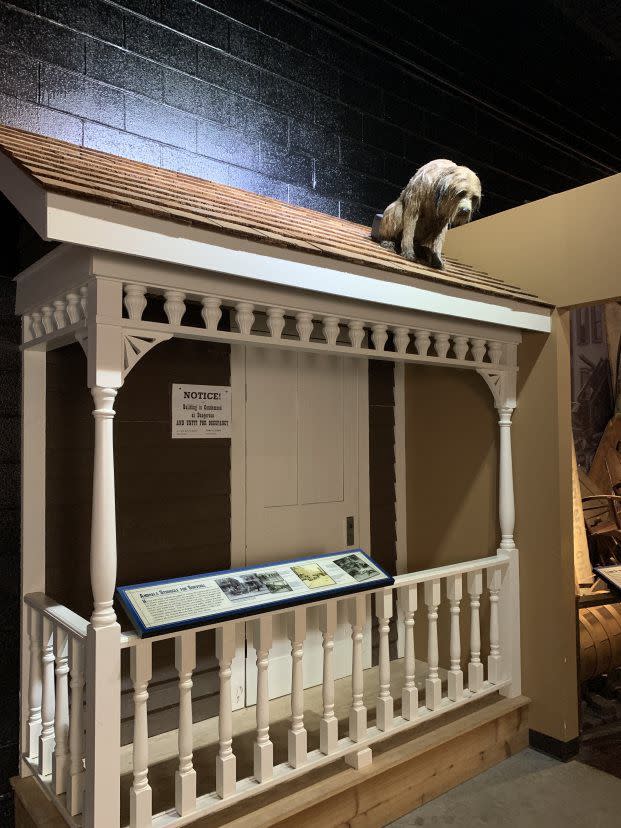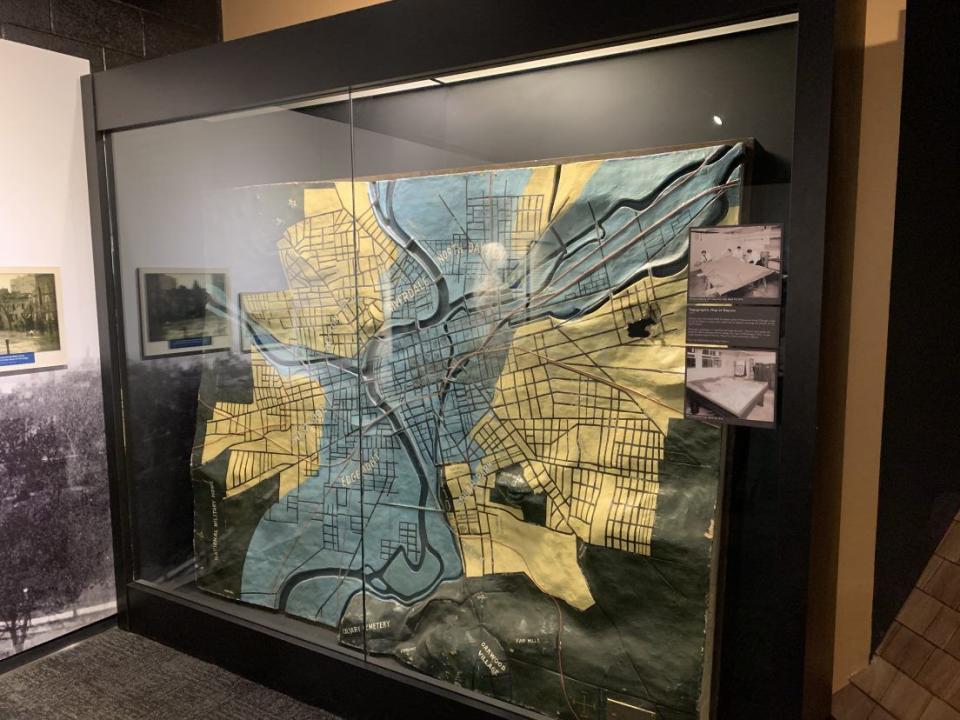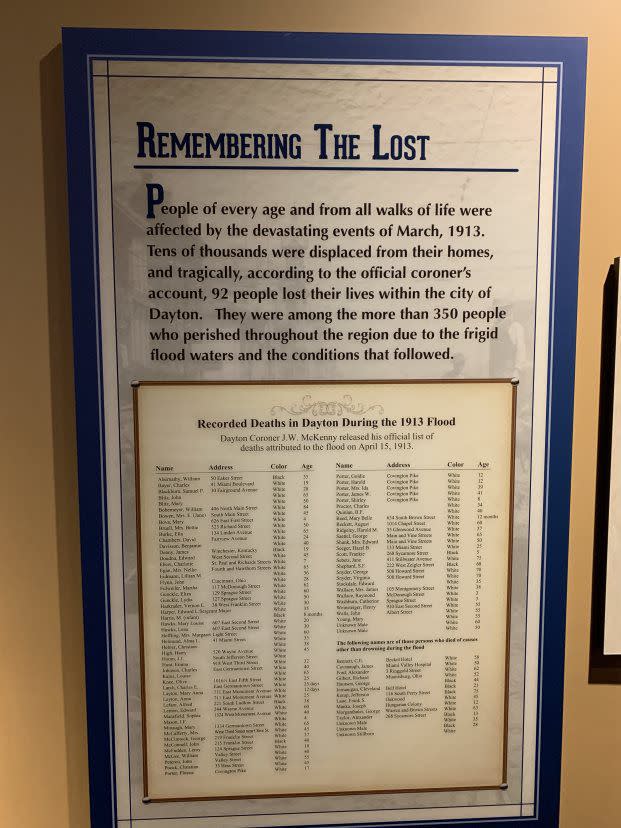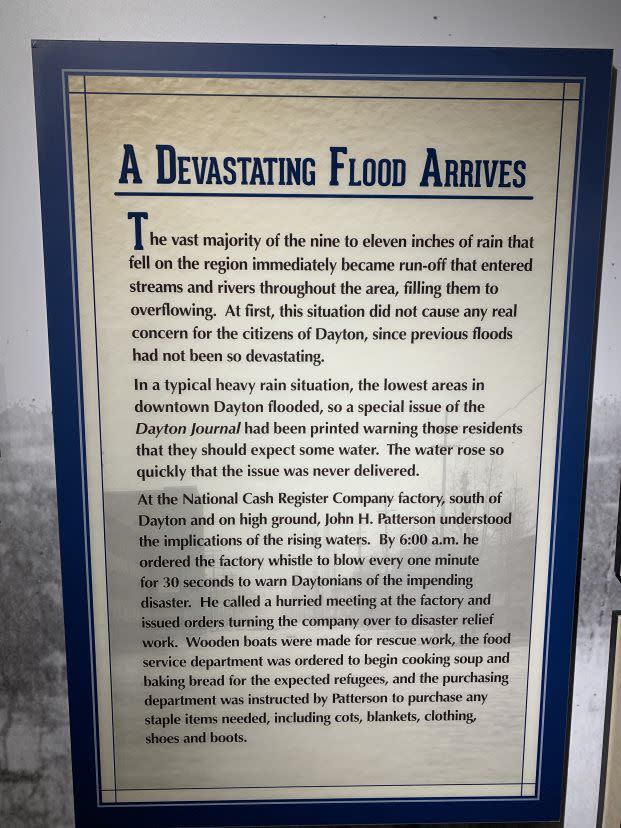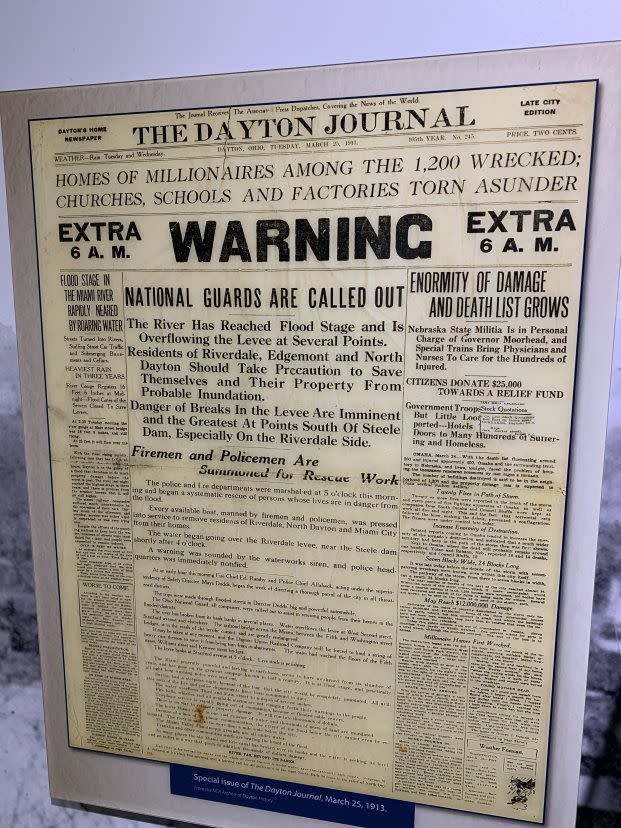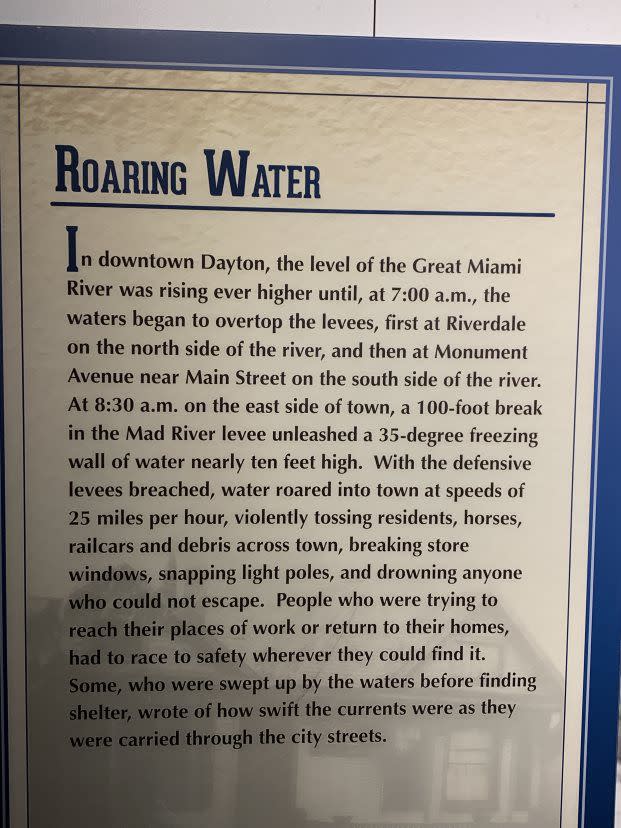How the Miami Conservancy District keeps us safe from flooding disasters
Rain is leading to some flooding in the Miami Valley.
This comes nearly 110 years after the Great Dayton Flood of 1913 when the Great Miami River flooded and hundreds of people lost their lives and countless animals were killed.
>> Heavy rain, high water causing some road closures in parts of the Miami Valley
News Center 7′s Kayla McDermott spent the day with the Miami Conservancy District, which was created after that flood.
The heavy rain is expected to come tonight, and the conservancy thinks the river could rise another four feet and they will be monitoring levels closely.
>> Nearly 110 years since the 1913 Flood in Dayton; How Miami Valley is better prepared for flooding
Mike Ekberg is in charge of water and data analysis for the conservancy. He is well aware of the rain that has already fallen and what is to come later.
“Within hours, you’re going to start to see the river levels begin to rise,” Ekberg said.
Although, he says this rainfall is not a problem for the conservancy.
>>PHOTOS: 110th anniversary of the Great Dayton Flood
Thanks to the water safety system, he says it’s a pretty routine event.
“We have sensors at our dams and all of our flood protection features,” he said.
The sensors track the water level at the dams, levies and the river.
“If river levels or the pool levels behind dams reach certain kind of critical thresholds, we’ll have people there,” Ekberg said.
A hatch on the river that reads the exact water level is another tool Ekberg uses.
“There’s a float down there that is aligned exactly with the river,” he said.
The conservancy, sensors and flood gates all stem from the deadly flood over a hundred years ago.
“The region said ‘never again’ and it came together and formed the Miami Conservancy District and tasked the district with building a flood protection system,” Ekberg said. “We’re seeing it do just what it was designed to do.”
Ekberg says the river will most likely get to its highest point sometime Saturday afternoon then take a couple of days to go back down.
